Text
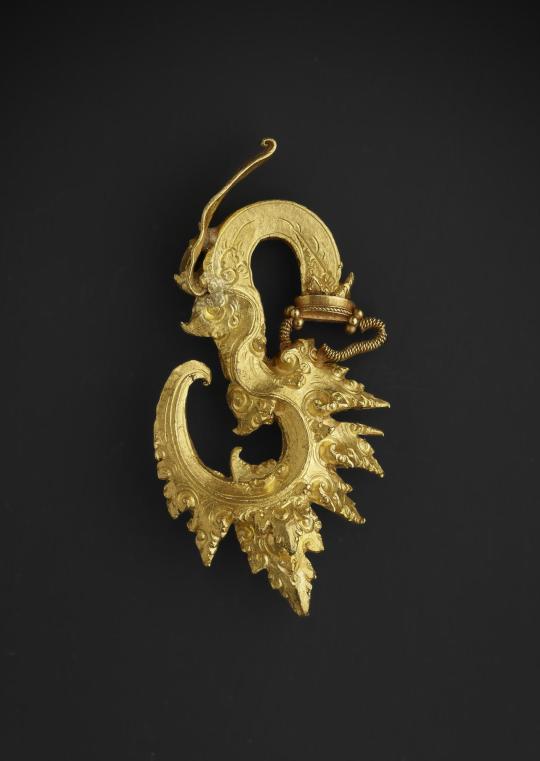
Gold ear ornament, Java, Indonesia, 11th-14th century AD
from The Yale University Art Gallery
103 notes
·
View notes
Text

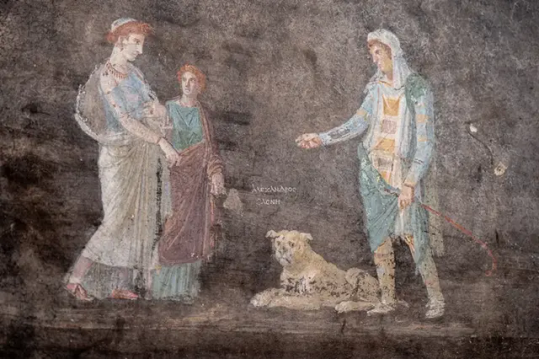
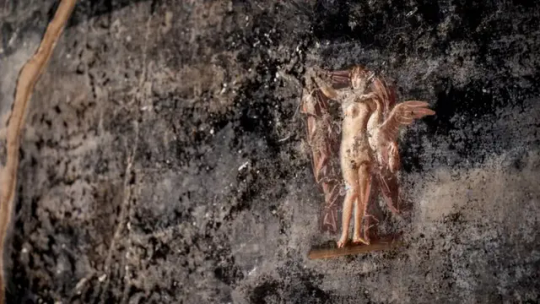
Breathtaking New Frescoes Found at Pompeii
Stunning Roman frescoes have been uncovered by archeologists in Pompeii, the ancient city destroyed by an eruption of the volcano Mount Vesuvius in the year 79 AD. Experts say the newly discovered frescoes are among the finest ever to emerge at the renowned archeological site.
The works of art line the high walls of what was once a large banquet hall. The walls themselves were painted mostly black, and the figures on the frescoes appear to emerge from the shadows. Site director Dr. Gabriel Zuchtriegel told CBS News partner network BBC News that the dark color was likely used to hide stains from the lamps that lit the hall after the sun went down.
"In the shimmering light, the paintings would have almost come to life," Zuchtriegel said.
Two pieces dominate the hall; one depicts the Greek god Apollo trying to seduce the priestess Cassandra. The second piece shows Prince Paris meeting Helen of Troy.


About a third of the "lost city" of Pompeii remains obscured by volcanic debris from the eruption almost two millennia ago. As scientists make new finds, they quickly move them to a storeroom to protect them from the elements.
The newly discovered frescoes, however, cannot be moved, so they have been protected with temporary roofing. Plaster glue is also being injected into the walls behind the artwork to stop them from falling down.
"We have a passion and a deep love for what we're doing, because what we're uncovering and protecting is for the joy also of the generations that come after us," chief restorer Dr. Roberta Prisco told the BBC, adding that the work was very stressful.
The dig site is much bigger than just the banquet hall.
Another fresco recovered from what was once one of Pompeii's grand properties had been on a ceiling, but it was smashed by the eruption that destroyed the city. Archeologists were able to lay out the pieces like a puzzle and recreate landscapes, theatrical masks, and Egyptian characters.


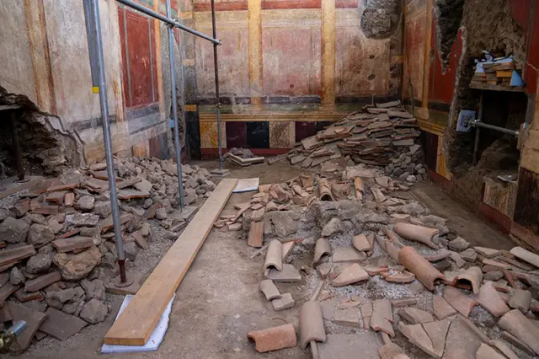
"This is my favorite discovery in this excavation because it is complex and rare," Dr. Alessandro Russo, co-lead archeologist on the dig, told the BBC. "It is high-quality, for a high-status individual."
In a bakery next to the grand property, the skeletons of two adults and a child were discovered.
Archeologists believe they may have been slaves who were trapped and couldn't flee the eruption, and were killed by falling stones.
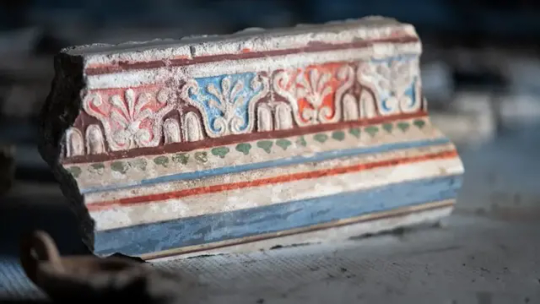
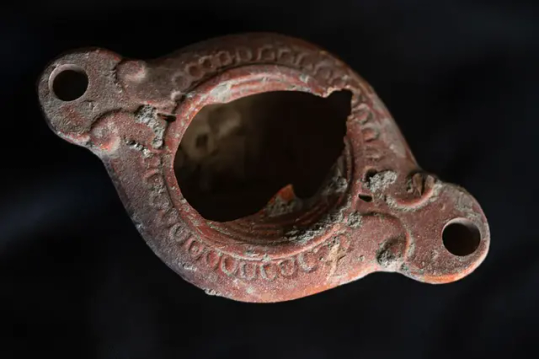
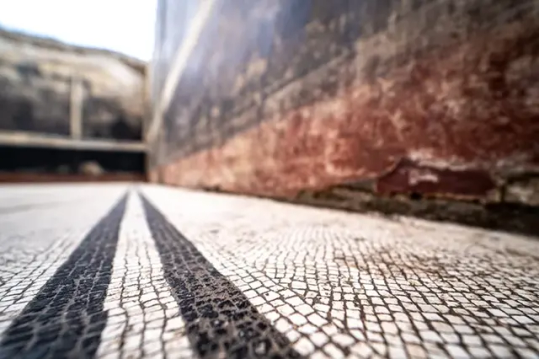
"When we excavate, we wonder what we're looking at," co-lead archeologist Dr. Gennaro Iovino told the BBC. "Much like a theater stage, you have the scenery, the backdrop, and the culprit, which is Mount Vesuvius. The archeologist has to be good at filling in the gaps — telling the story of the missing cast, the families and children, the people who are not there anymore."
The team's discovery was just one of a number of recent revelations from the site, after they found other mythological-themed frescoes in early March and then, just weeks later, a construction site that was being worked on right up until the eruption.
The archeologists said near the end of March that they'd found a home construction project that was frozen in time by the eruption, with materials such as bricks and tools still piled up in the reception area of the home.
By Haley Ott.

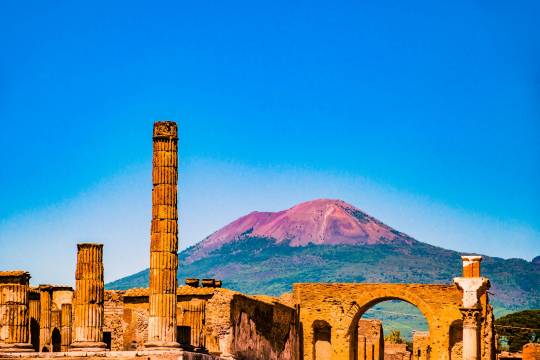

264 notes
·
View notes
Text

Chalice of Emperor Romanos, Byzantine, 10th century
117 notes
·
View notes
Text

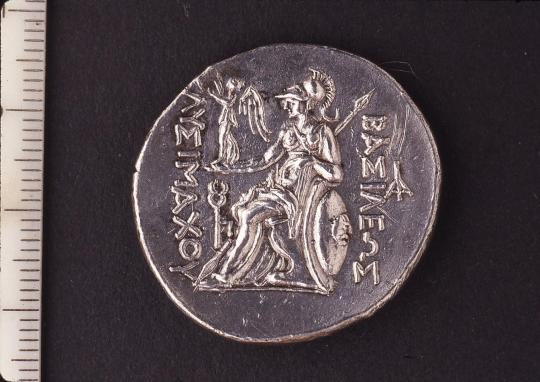
Silver tetradrachm, Thrace, 288-281 BC
from The Penn Museum
143 notes
·
View notes
Photo

Embroidered front and back covers of a 1791 edition of Robinson Crusoe — featured in our essay “Pens and Needles”, on the Victorian revival of embroidered book covers: https://publicdomainreview.org/essay/pens-and-needles-reviving-book-embroidery-in-victorian-england https://publicdomainreview.org/essay/pens-and-needles-reviving-book-embroidery-in-victorian-england
362 notes
·
View notes
Text

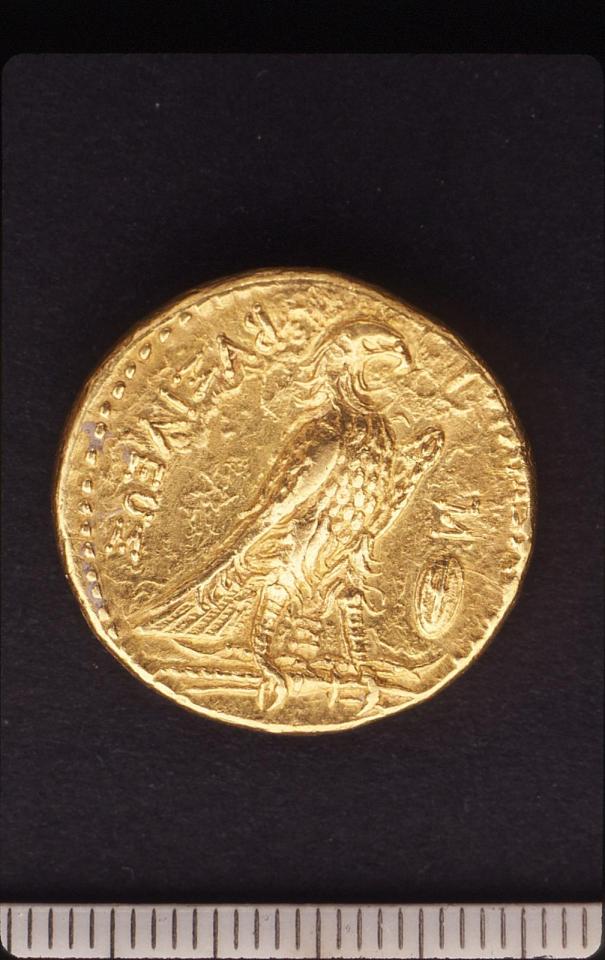
Gold pentadrachm, Ptolemaic Egypt, 285-246 BC
from The Penn Museum
101 notes
·
View notes
Text

A pair of stirrups, Java, Indonesia, 16th century
from Runjeet Singh Antique Arms and Armor
129 notes
·
View notes
Text

The earliest depiction of Jesus, engraved by someone mocking their friend for believing in him, giving him a donkey head ~200AD
More: https://thetravelbible.com/museum-of-artifacts/
689 notes
·
View notes
Text
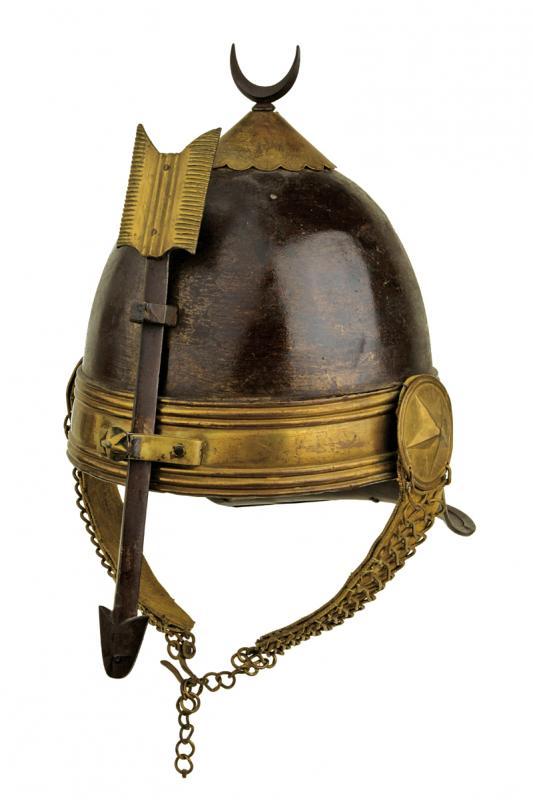

Helmet of the Khedive bodyguards, Egypt, mid 19th century
from Czerny's International Auction House
113 notes
·
View notes
Text

Gold bull's head beads, Minoan, 1375-1350 BC
from The Heraklion Archaeological Museum, Crete
163 notes
·
View notes
Text

Flintlock blunderbuss with silver decorated barrel, North Africa, mid 19th century
from Czerny's International Auction House
179 notes
·
View notes
Text
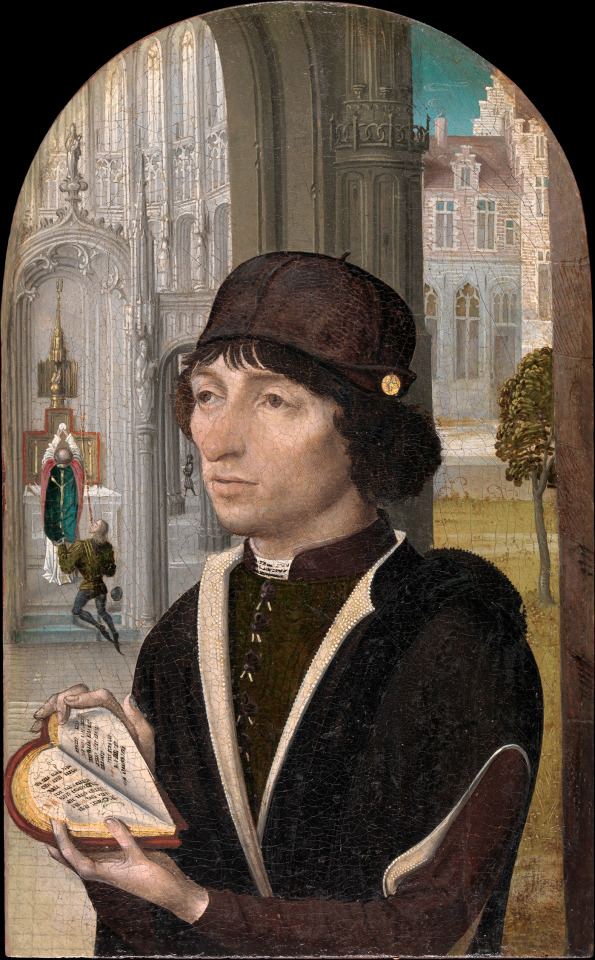
ab. 1480 Master of the View of Saint Gudule - Young Man Holding a Book
(Metropolitan Museum of Art)
422 notes
·
View notes
Text

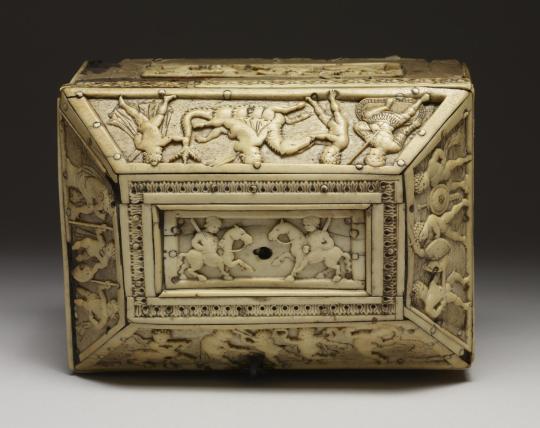
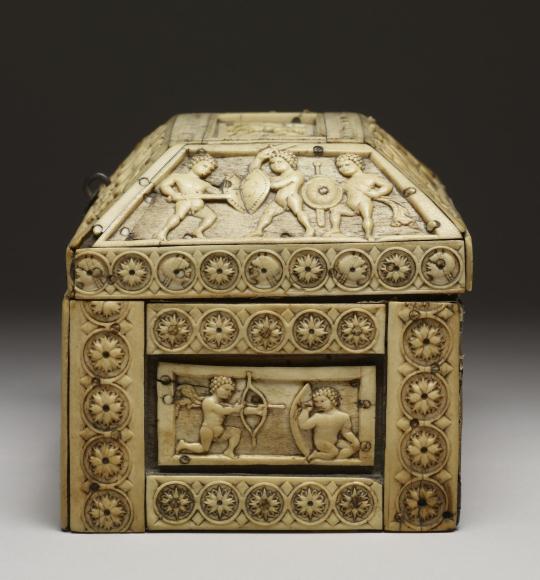
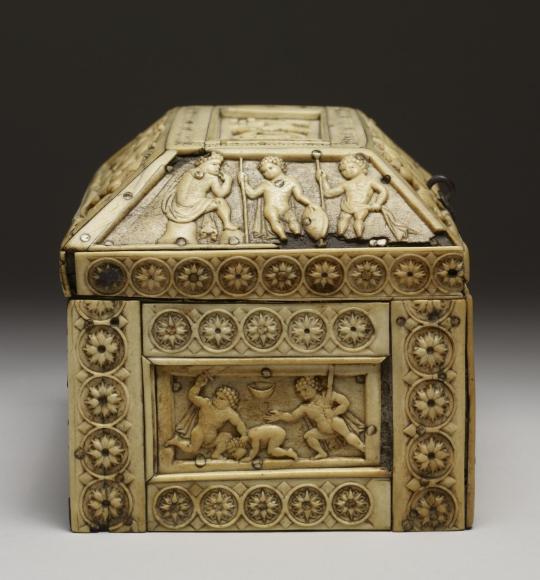

Carved ivory casket with depictions of Cupid, Byzantine, 10th century
from The Walters Art Museum
181 notes
·
View notes
Photo
He looks so proud!!!! 😀




now this is the type of news i want to read about
38K notes
·
View notes
Text
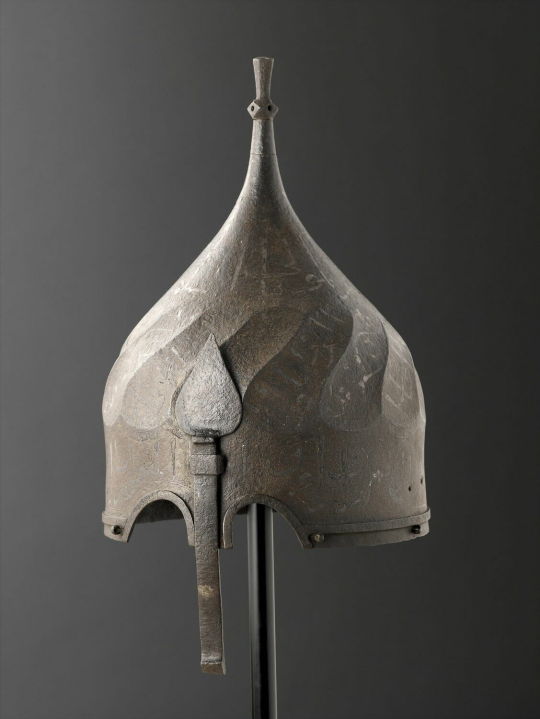
Turkish helmet, 15th century
from The Louvre
110 notes
·
View notes
Text

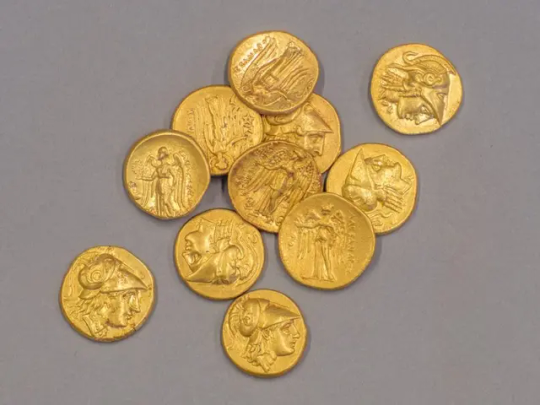
A collection of Greek gold and silver coins, including 11 gold staters bearing the portrait of Alexander the Great, uncovered in Crete in 2024. Dated to the 4th-3rd century BC
259 notes
·
View notes
